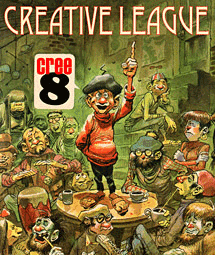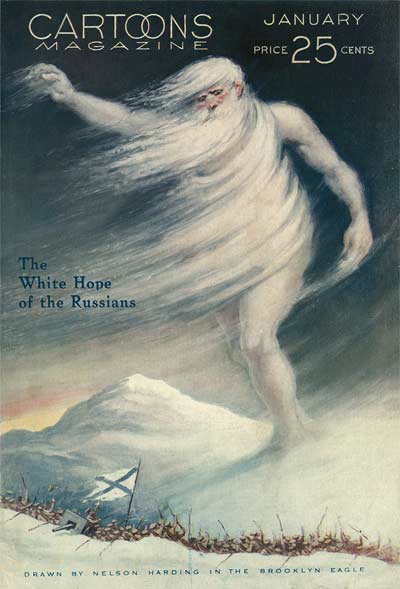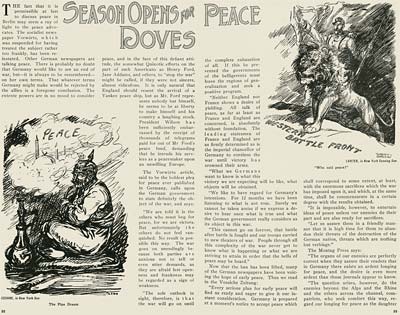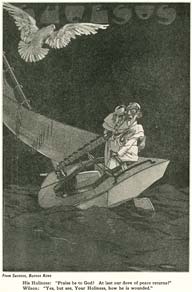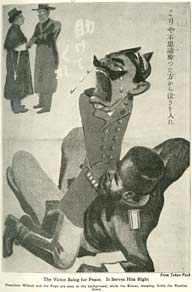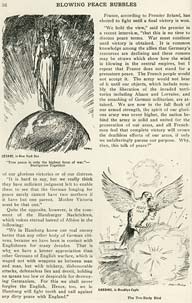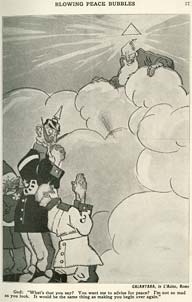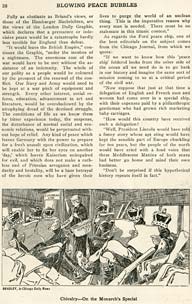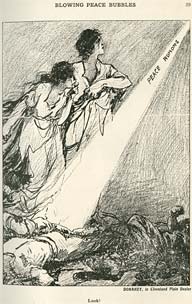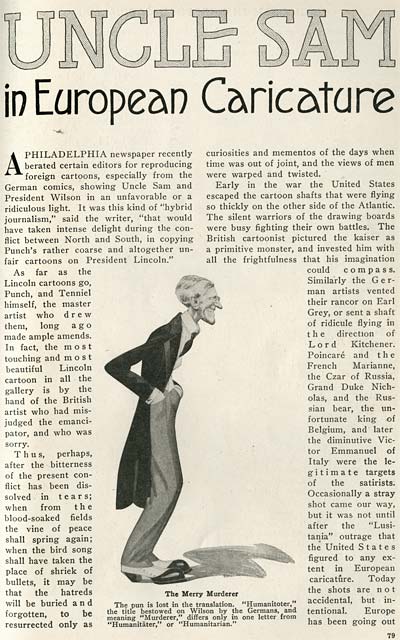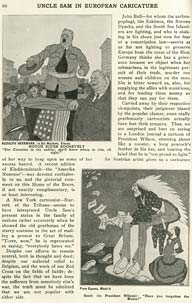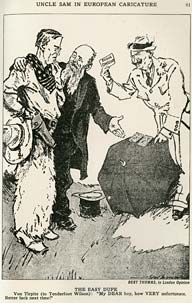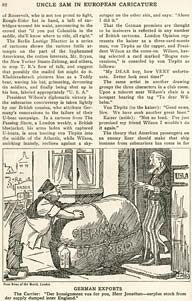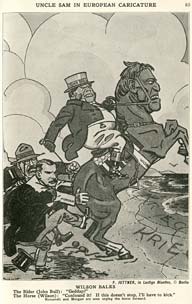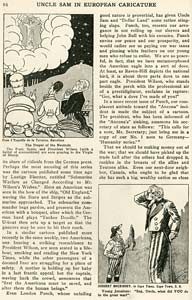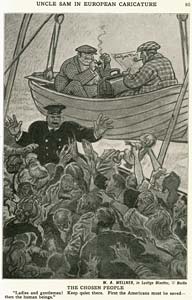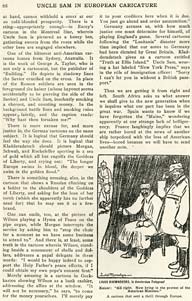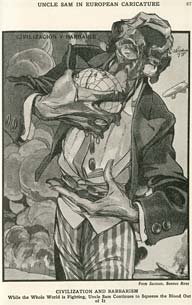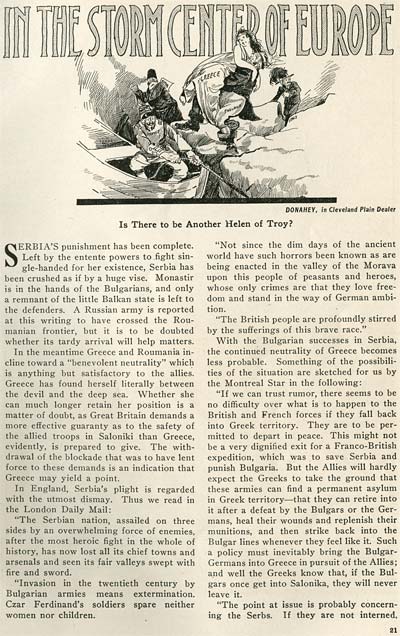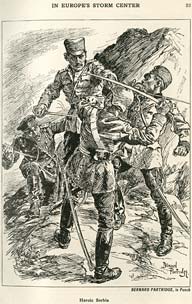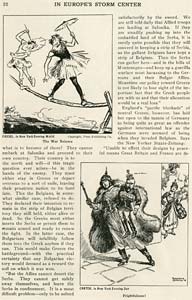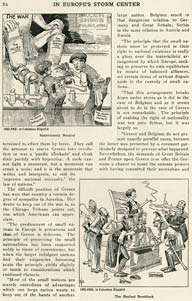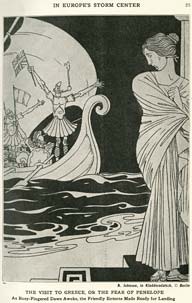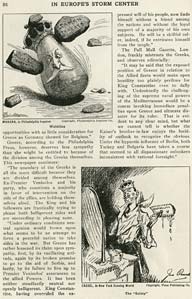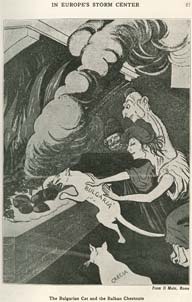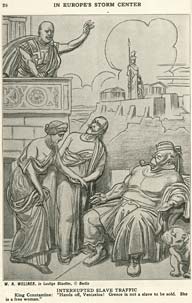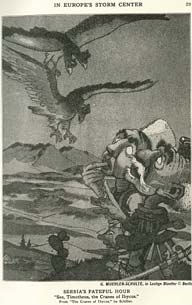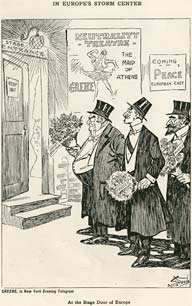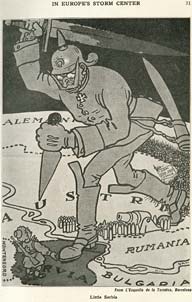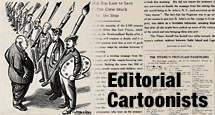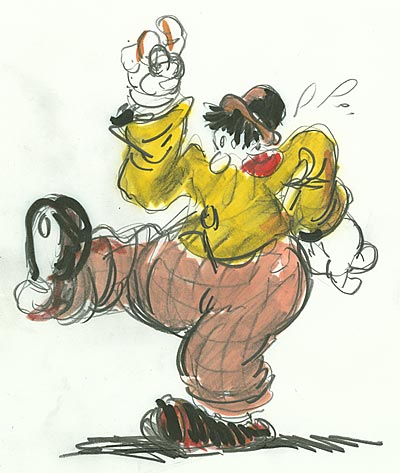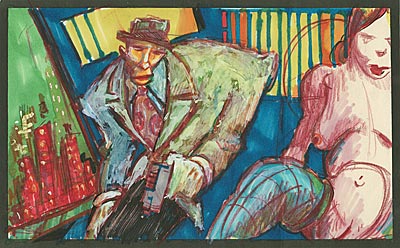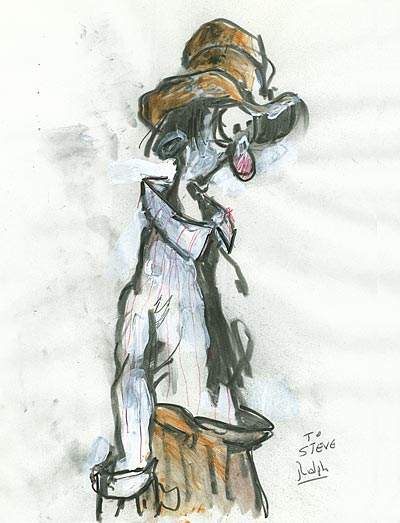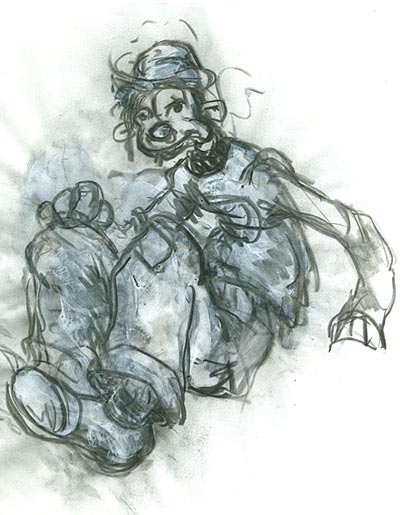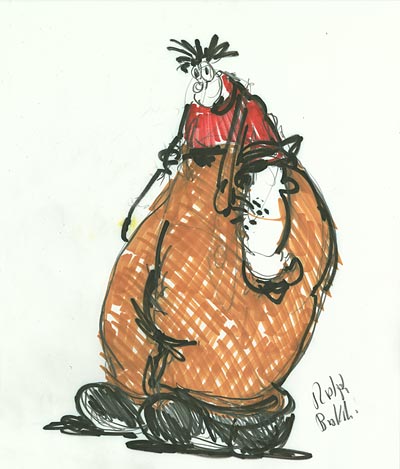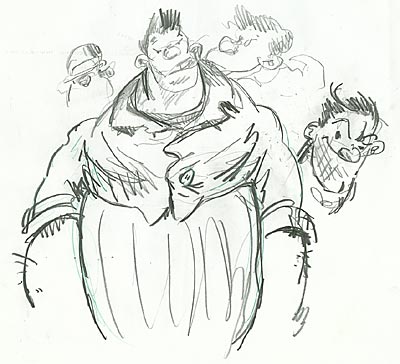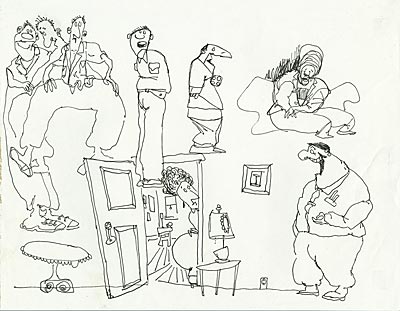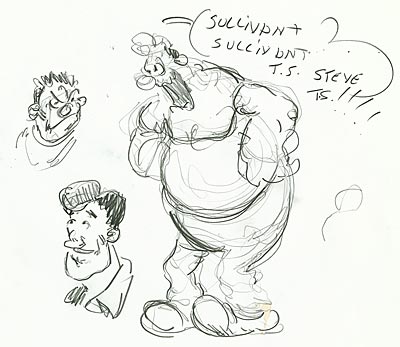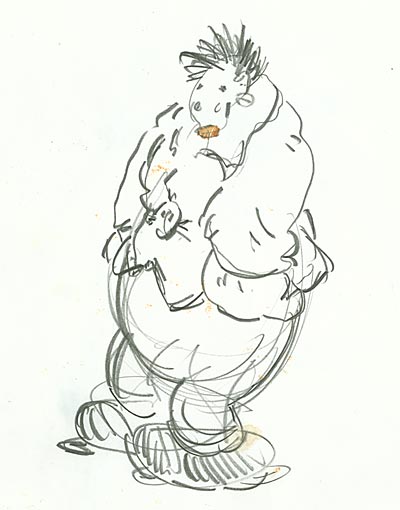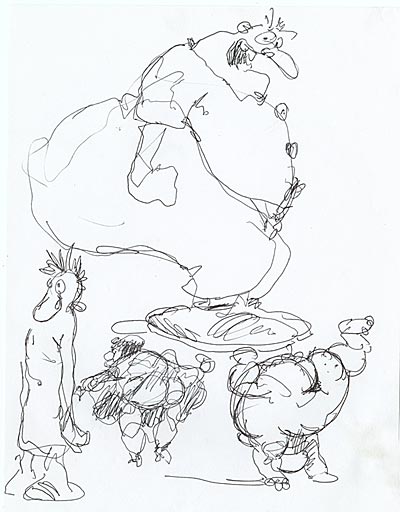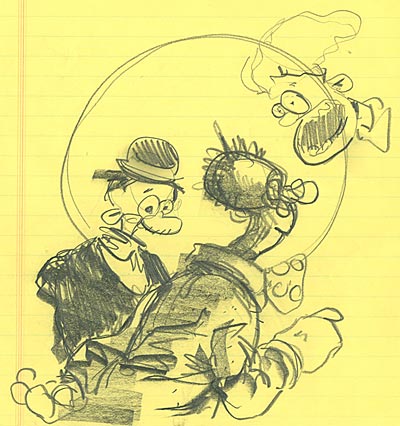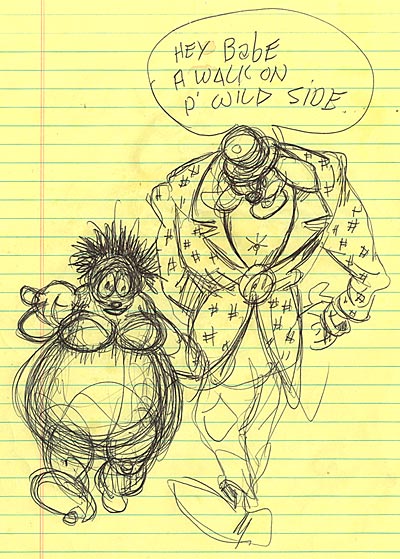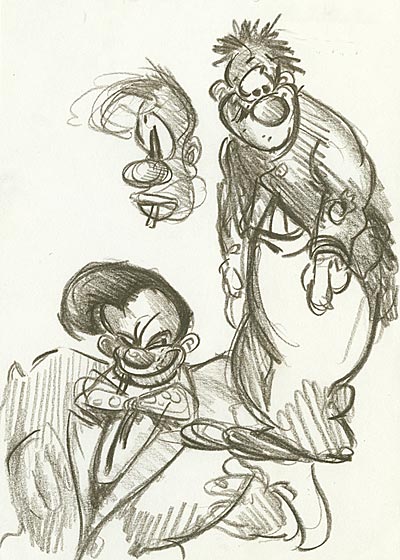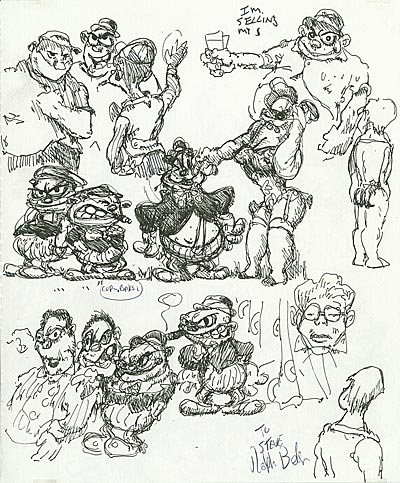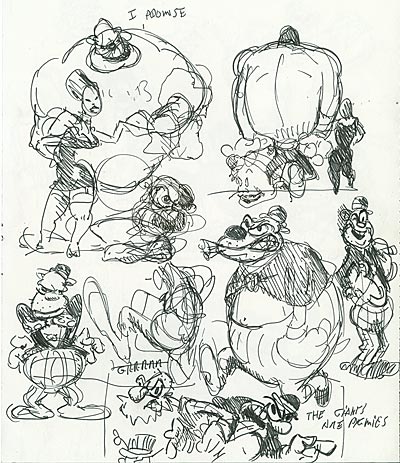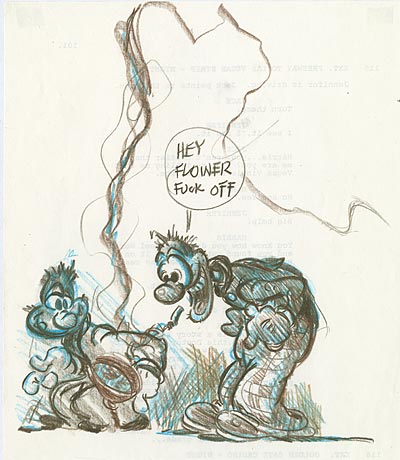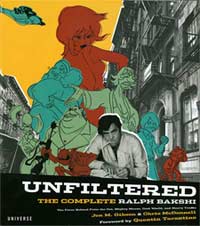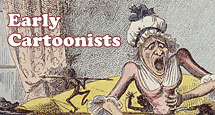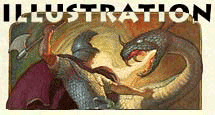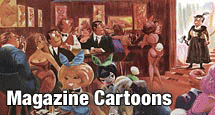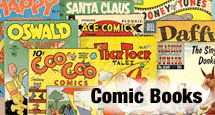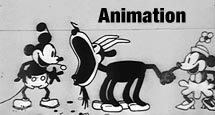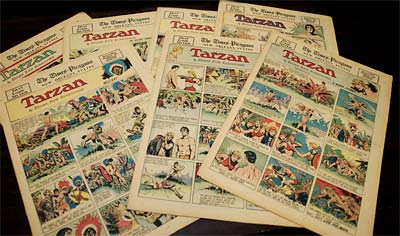
I read the news on the internet the other day that many newspapers are discontinuing their comics sections. I don’t think many people realize just how far the market for cartoons has fallen over the past few decades. Newspaper comics are the clearest example of how quickly a once vital artform can go the way of the dodo bird. This weekend, take a close look at your local Sunday funnies. (If your city’s newspaper still has them that is…) Compare them to these comics from nearly 70 years ago. Keep in mind that this is just an average Sunday from an average newspaper of the time period. I think you’ll be shocked at how different it is from what passes for comics in today’s papers.
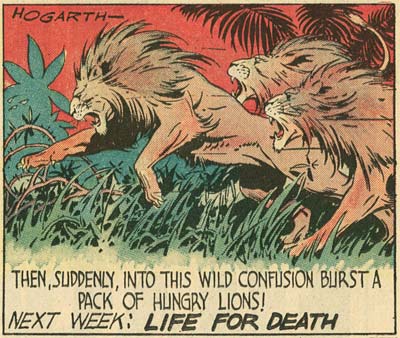
Until I had a chance to actually see a complete Sunday comics section, I had no idea how huge and diverse the Sunday comics section was in the past. Not all these comics are classics, but even the worst of them are more interesting than the crop in current papers. It’s a crime how lousy newspaper comics have become.
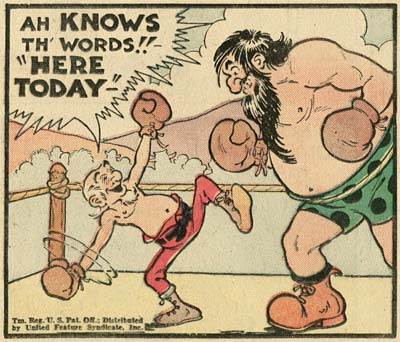
Here are some statistics to think about, courtesy of Mike Fontanelli’s research… At the time this newspaper comic section was published, Li’l Abner had a circulation of over 80 million, and Capp made $200,000 a year from the strip- not counting licensing and other ancillary income. At that time, the population of the United States was 145 million, and adjusting for inflation, Capp’s salary in 2008 dollars would be 2.2 million dollars a year. Capp’s cartoon was read every day by more than half of the United States, and he made much more money any modern day print cartoonist makes from his work. But Capp wasn’t alone. Chic Young made $5,000 a week from Blondie. Milton Caniff, Chester Gould, George MacManus, Hal Foster… all of these men made MUCH more than the typical cartoonist today does, (NOT factoring for inflation!) and their work was seen and enjoyed on a single day by more people than current artists can hope for in a decade. The difference in scale is mind boggling.
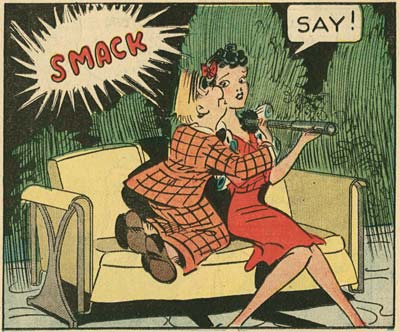
This week, I had the opportunity to spend an afternoon chatting with Ralph Bakshi. I can’t seem to shake one comment he made when he visited and saw what we were doing here at Animation Resources. Ralph said, "Cartooning is in jeopardy." He explained that artists who would have become cartoonists in the past are going into other fields, because the market for cartooning has deteriorated so much. In the past, a cartoonist could do a newspaper strip, or contribute one panel gags to magazines, or do spot illustrations for advertisements, create comic books or make animated cartoons. Today, every single one of those branches of cartooning is struggling for survival. There are animated cartoons today that are neither animated, nor cartoons. The comic book business is suffocating under the weight of an unsupportable business model. Magazines rarely run cartoons, and advertisements are usually just Photoshopped collages. Some markets, like newspaper comics may be on the way out entirely. It’s clear that if you’re determined to become a cartoonist today, you can expect to be swimming against the current.
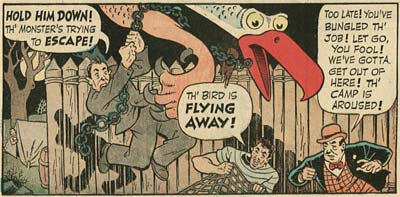
It’s difficult not to be depressed. I’m not sure what can be done to reverse the trend. I can only hope that this website will act as a catalyst to inspire the artists who truly love the medium to create something totally new and exciting. We can only hope that artists will stick with the art of cartooning and build up a totally new market on the internet, because that’s our best hope for the resurgence of cartooning. Perhaps today’s hard work and sacrifices will spawn a market for cartoons that replaces and surpasses all the old models. I sure hope that happens, and I’m doing what I can to see that it does.
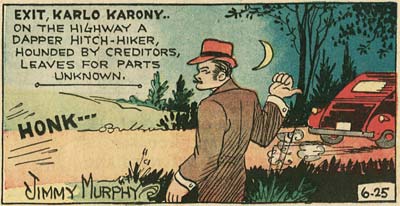
I hope you cartoonists out there understand what I’m saying… I’m not saying that there are no good cartoonists and no good cartoons today. I’m saying that the market for cartooning has been allowed to dwindle down to nothing. That isn’t good for the business of cartooning or for cartoonists who want to make a living drawing. I’m reminding you here that there was a time when cartoonists didn’t think small or settle for being boxed into a "niche market". To them, becoming successful was the goal, and they didn’t consider that to be the same as "selling out". The aimed straight for the mainstream with a variety of challenging, well drawn comics, and they hit it big. Let’s find a way to do that again.
First Comic Section
Sunday, June 25th, 1939
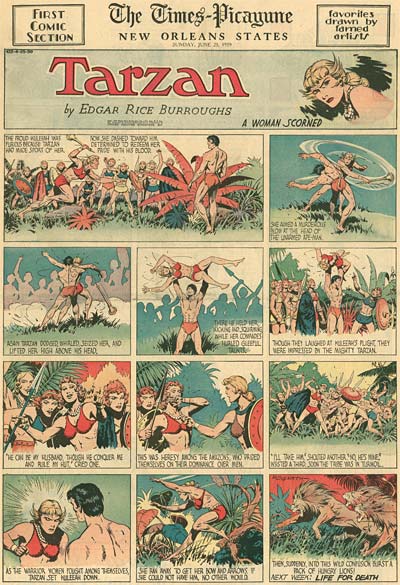
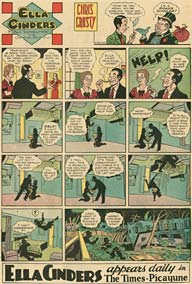
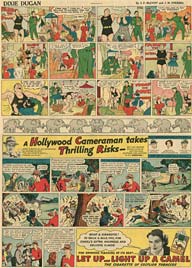
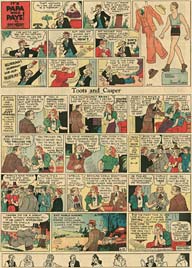
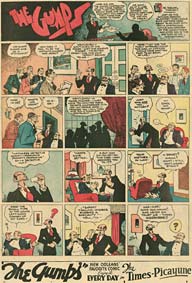
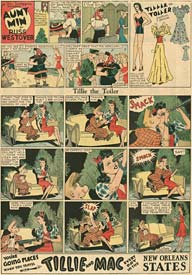
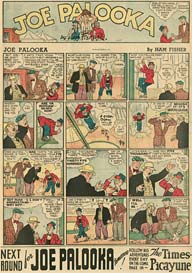
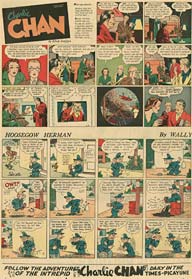
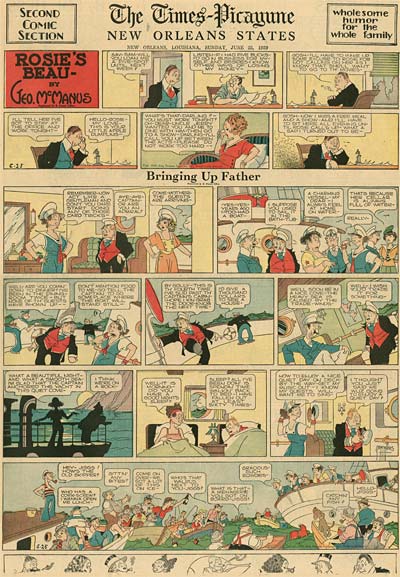
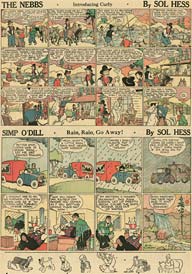
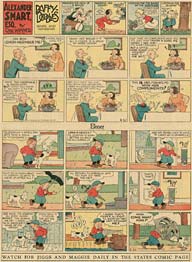
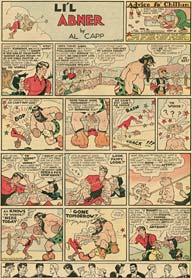
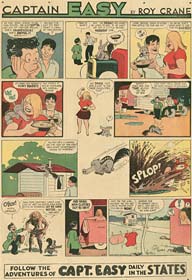
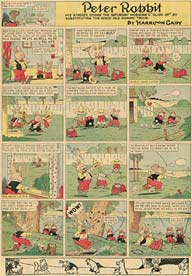
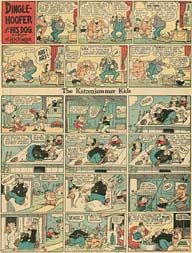
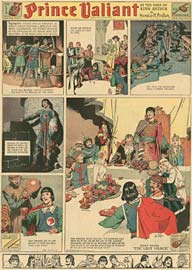
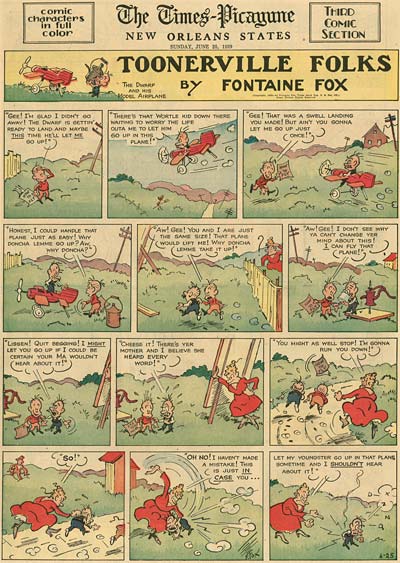
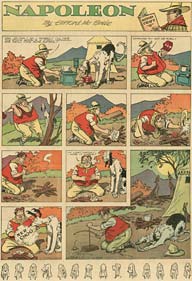
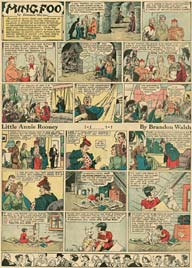
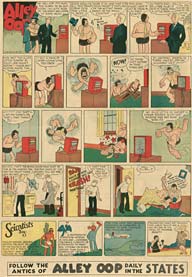
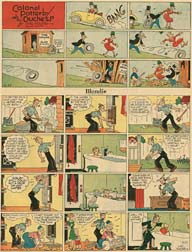
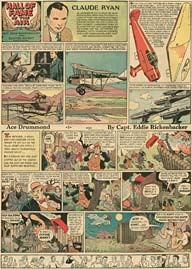
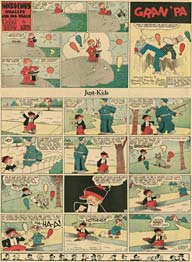
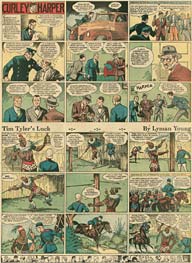
Stephen Worth
Director
Animation Resources
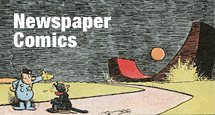
![]()
This posting is part of the online Encyclopedia of Cartooning under the subject heading, Newspaper Comics.





